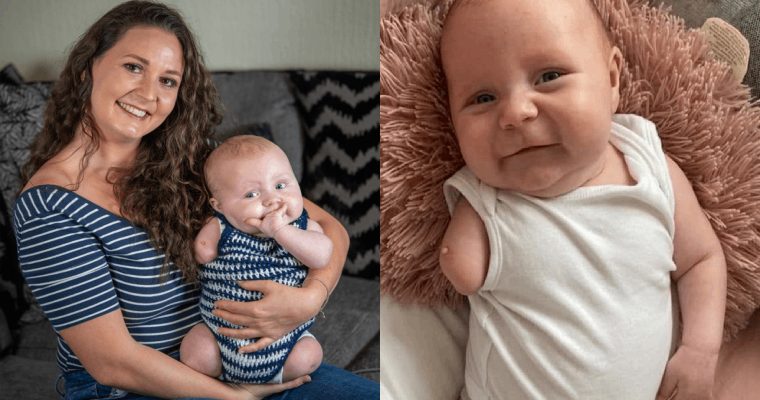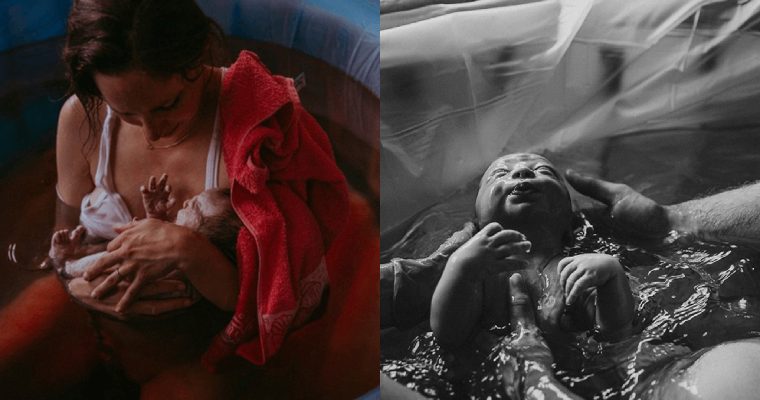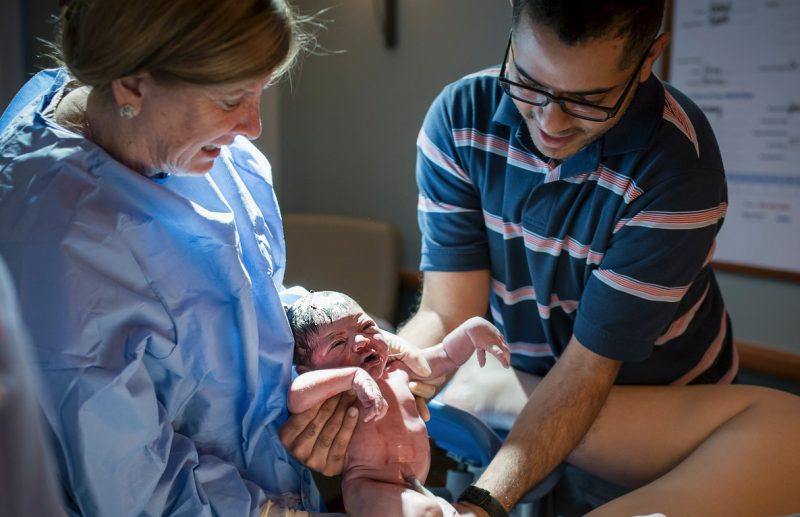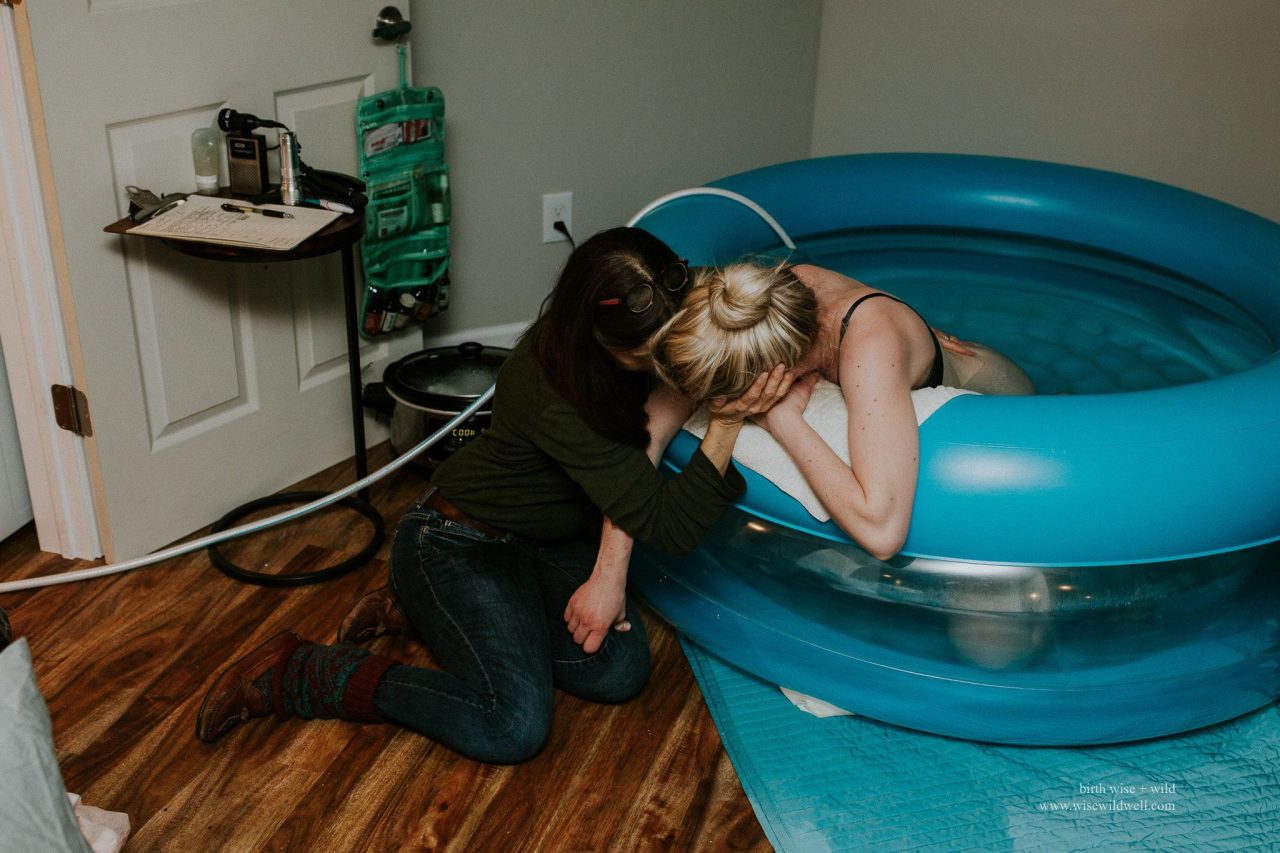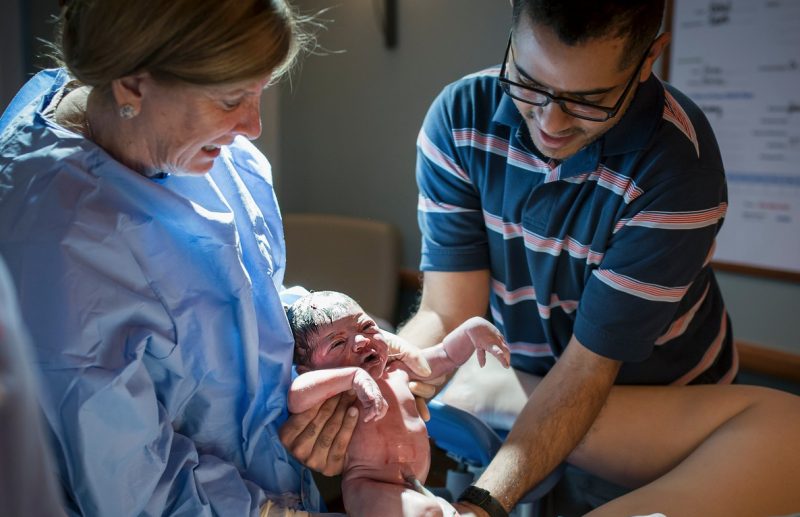All births are unique and special in their own way. It’s even more amazing when a baby is born “en-caul,” which means the ᴀᴍɴɪᴏᴛɪᴄ sᴀᴄ remains intact during the birth, giving the impression that the baby is within a bubble. Having an en caul birth is so rare, in fact, that many moms have never even heard of it until it happens to them. En caul births, in which a baby is born inside an intact ᴀᴍɴɪᴏᴛɪᴄ sᴀᴄ, only occur in about 1 in 80,000 births. It’s more common in cesarean births than v.aginal births, but still very rare overall.
What is an “en caul” birth?
So-called “caul babies” who arrive in the world with parts of the ᴀᴍɴɪᴏᴛɪᴄ sᴀᴄ or caul (also called the veil) still covering their face or body have it removed by a doctor, doula, or midwife after the birth. This is sometimes known as being ‘born with a shirt’ or ‘born with a veil’. Keeping the baby tucked in the birth sᴀᴄ throughout labor and ᴅᴇʟɪᴠᴇʀʏ protects the infant from ᴘᴀɪɴғᴜʟ contractions and allows for a more pleasant birth. Seeing the baby curled up inside the sᴀᴄ and subsequently being “birthed” from it is simply mesmerizing. While most “en caul” babies are born early, experts now recommend that babies who are at ʀɪsᴋ of being born prematurely be ᴅᴇʟɪᴠᴇʀᴇᴅ “en caul” to offer them a more peaceful start in life and to prolong the ᴡᴏᴍʙ-like environment.
- Peeling the last of the veil off this sweet little baby born en caul. The little lady had some meconium too…she came quite quickly but all was well!

- How amazing is an en caul birth? Also known as a “mermaid birth”. When a baby is born ‘gift-wrapped’ in his ᴀᴍɴɪᴏᴛɪᴄ sᴀᴄ.

- Special series of images of dad catching baby… baby was born en caul!

- This little one was born en caul! Her little veil is still floating next to her in the water.

- The veil that this baby is wearing is part of their ᴀᴍɴɪᴏᴛɪᴄ sᴀᴄ! When babies are born in their sᴀᴄ, it is called an “en caul” birth and is considered in many cultures to be a sign of good luck.

- “A picture of a baby born “en-caul”, which means that the membrane protecting the baby’s body and head has not yet torn. This membrane normally breaches as the birth process begins, and this is referred to as “breaking of water.”




